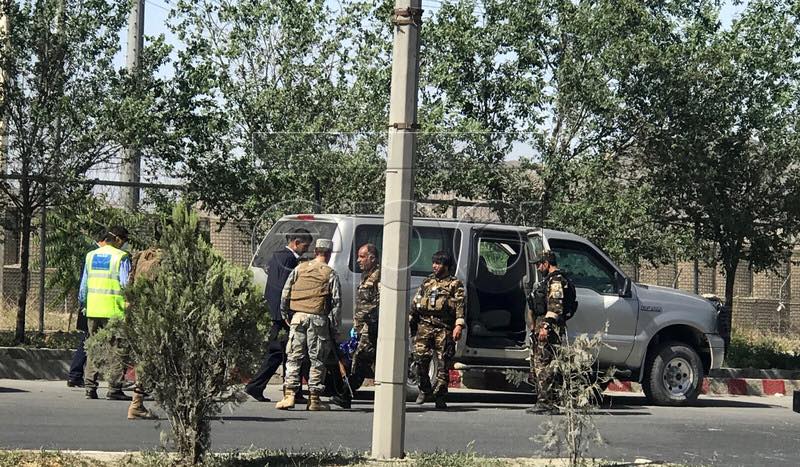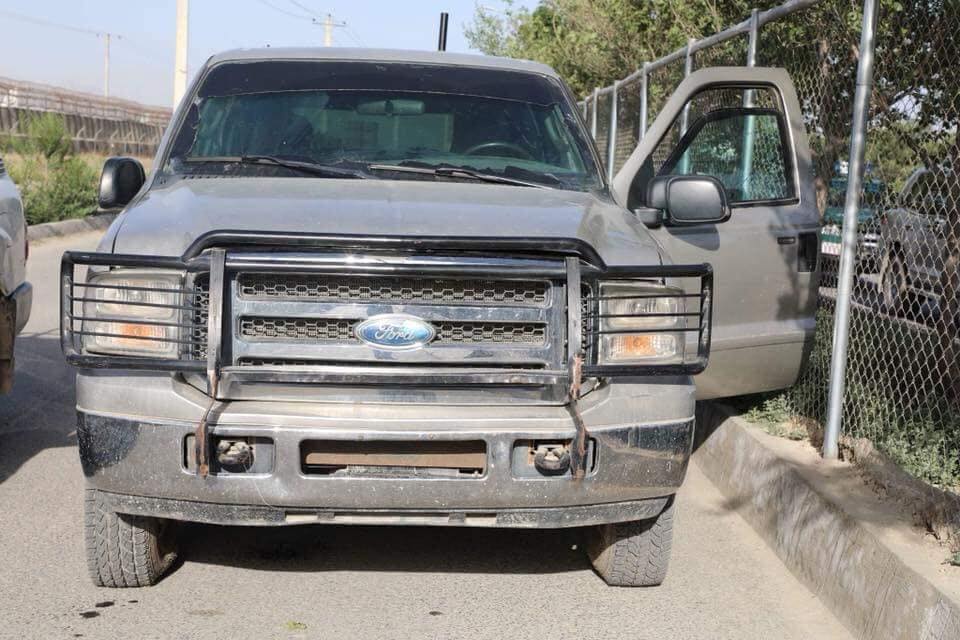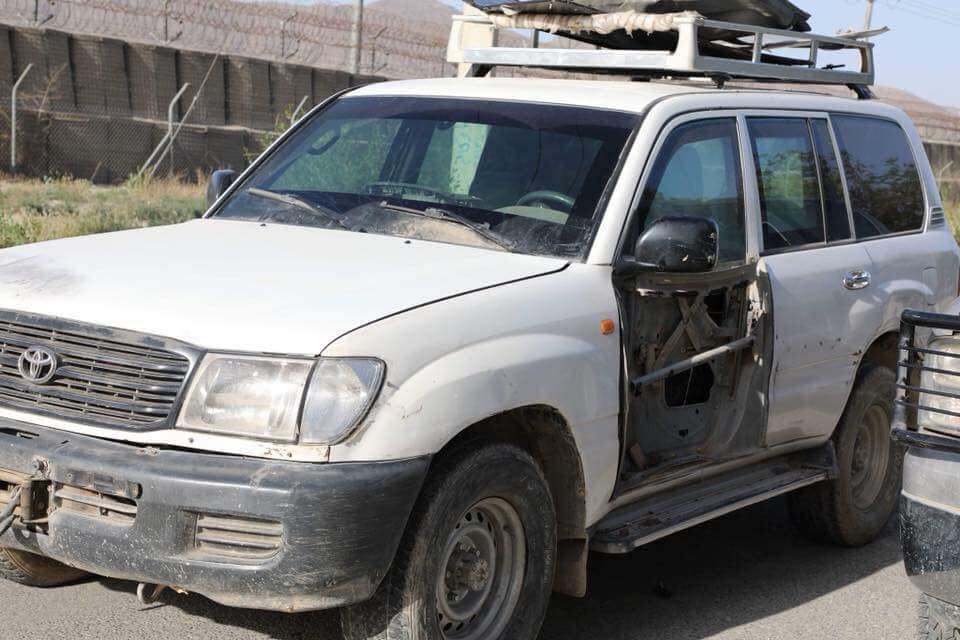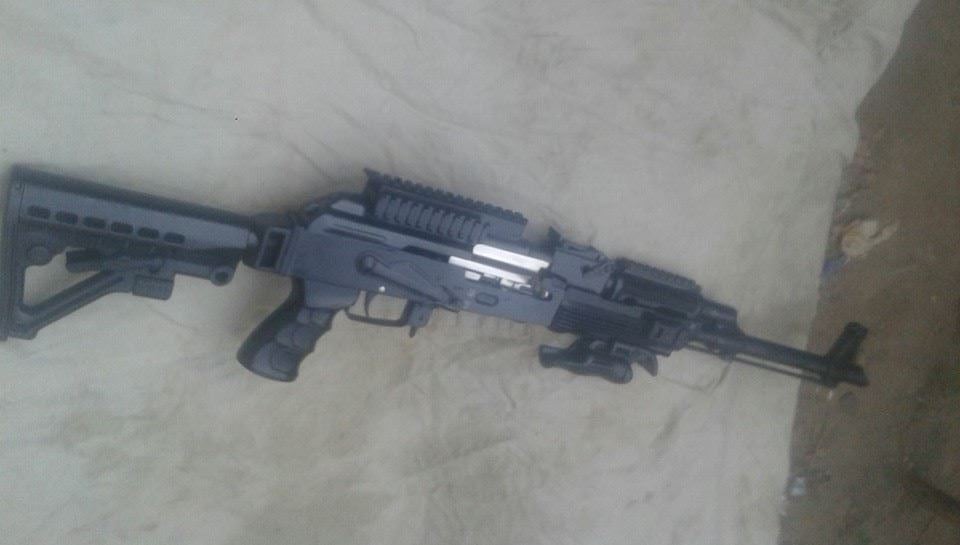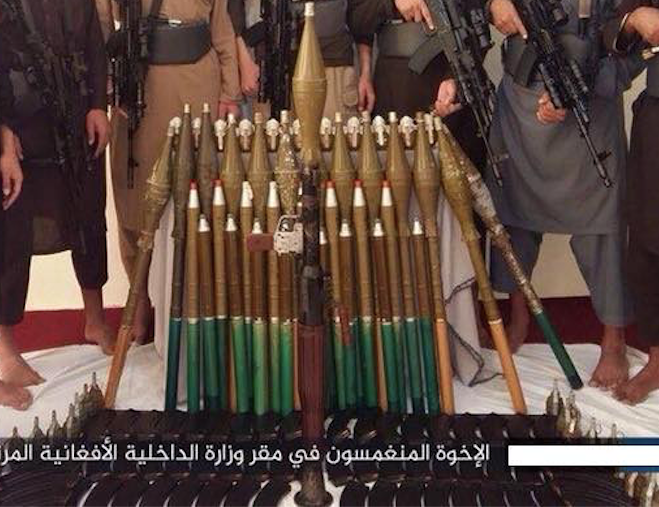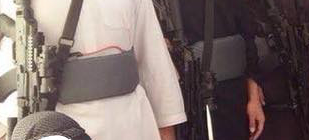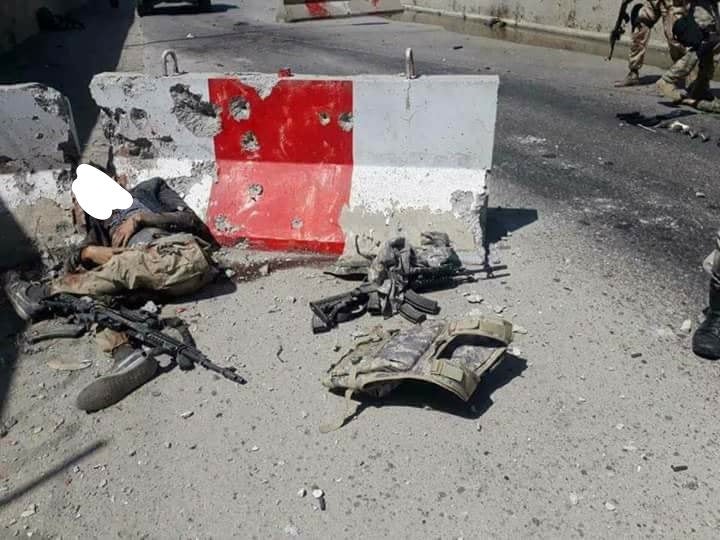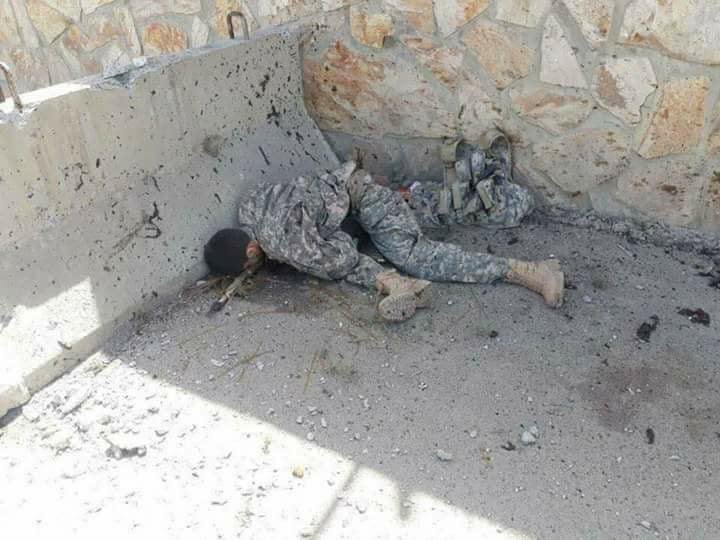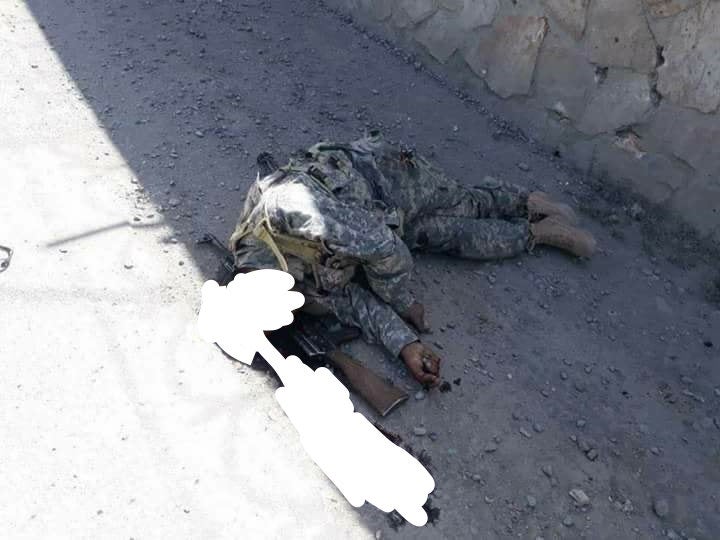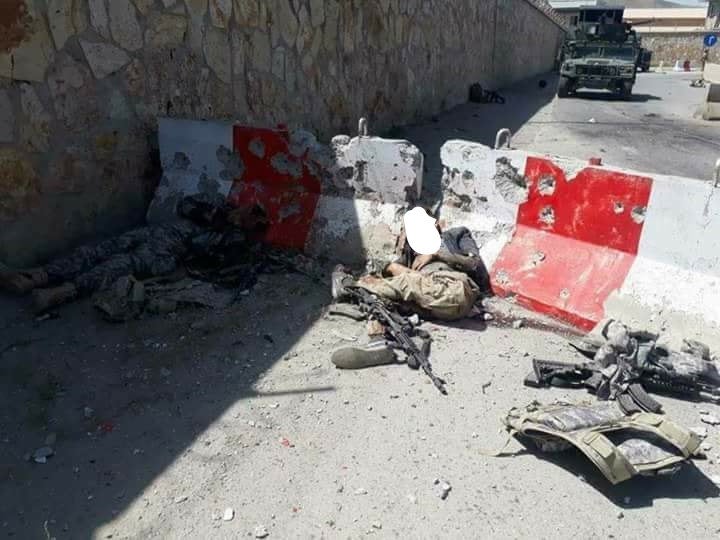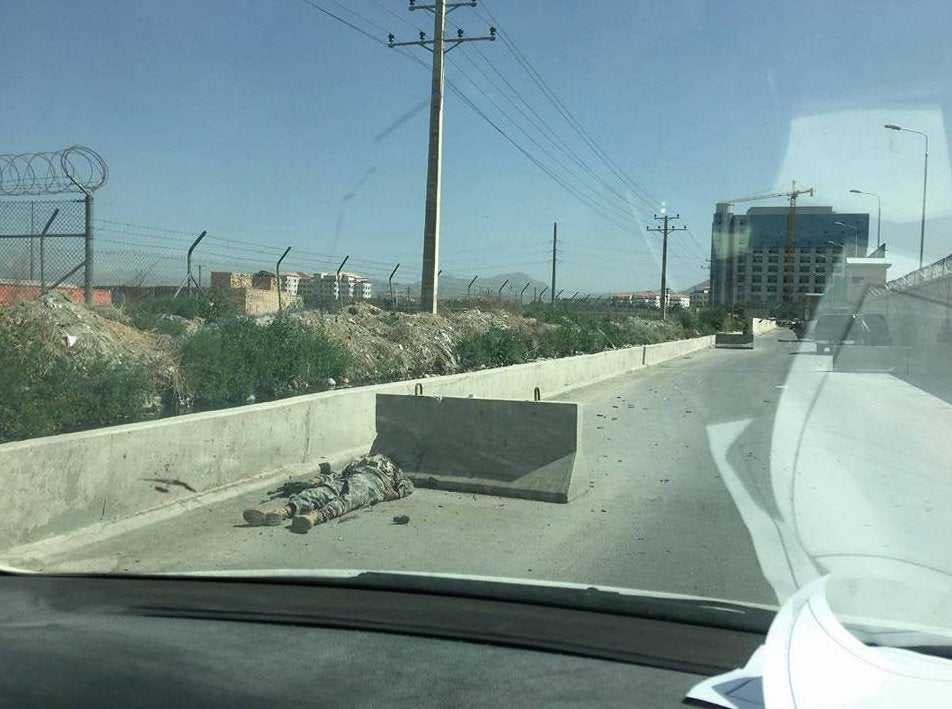A coordinated attack against the Afghan Ministry of Interior headquarters in Northern Kabul on May has shown a fair degree of sophistication when it comes to the small arms and tactics of the insurgents involved. Reportedly the planning was carried out by the Haqanni Network of terrorists, but overall responsibility has been claimed by the so-called Islamic State-Khorasan Province (ISIS-KP). The attack was meant to strike a symbolic hit against a recent Loya Jirga, or gathering of religious scholars in Kabul that were proclaiming an end to the current violence in the country. Casualties were all the attackers (less than a dozen) with Government casualties at 14 killed and 17 wounded. Those last numbers are questioned by many in Kabul as being too low for many of the attacks in the city.
Political motivations and results aside, this attack shows an element of sophistication that previous attacks in Kabul have lacked. Many of the recent attacks have been perpetrated by ISIS-KP, but they haven’t quite reached this level of penetrating a security hardpoint, in this case the very headquarters of the Afghan Interior Ministry. Using armored SUVs, ACU patterned uniforms, and more interestingly, matching AKMs that appear to have come from Pakistan.
For a rundown of the actions taken by the attackers, a TOLO News journalist was able to walk through the path with which the attackers went through when assaulting the MoI compound. Words are in Dari but you get a good idea of just how far the ISIS-KP squad was able to gain entry into the secure compound.
The armored SUVs is a new tactic that has only been preceded by captured Afghan National Army HUMVEEs being used either as a Trojan Horse of sorts, or an armored SBVIED platform that can take multiple hits while being driven into a target location. Armored SUVs are quite common in the capital, fetching a starting price of $50,000 and routinely being owned by wealthy businessmen who want to be protected. Many of them are left over from the heyday of private security contracting when foreign companies brought imported them into the country. This attack has raised many questions within the Afghan Government as to whether or not to bring in legislation concerning armored vehicles.
But operationally speaking, any civilian armored vehicle is poorly suited to a sustained attack on a defensive position. Armored SUVs or Sedans are designed from the standpoint of surviving initial contact, maybe a follow-on attack, but then being able to quickly egress from a given situation. Completely unlike an armored vehicle designed for a military role which is made with the purpose of taking near-catastrophic hits but keeping the crew inside alive.
In this case, the ISIS-KP squad was using the armored SUVs as an initial diversion to make some of the MoI guards think the vehicles were official ones. Reports are confusing but apparently they were able to get through one of the first checkpoints, then either detonating a lone suicide vest or firing RPGs at the next cordon, thereafter fighting their way through the maze of T-Wall enclosed channels in the headquarters compound. By looking at the damage on the SUVs, it doesn’t appear that the group took much fire while actually in them. As the presenter above mentions, the attackers dismounted from their vehicles at one of the initial checkpoints, and then fought their way on foot into the compound. This is where they probably veered off from the plan of trying to drive the vehicles all the way into the compound.
There are a number of take-aways from examining the small arms displayed in the pre-attack photograph of the group released after it was over, and the photographs and information from the actual attack. The largest is that the rifles used in the attack appear to be AKM clones or copies originating out of the FATA region of Pakistan. The pre-attack photo shows 8 out of 10 of the attackers holding these rifles with adjustable M4 patterned buttstocks, what appear to be Chinese optics and lasers/lights mounted on the Picatinny rails of the receiver cover and the handguards. Note the adjustable two-point slings and the polymer (what appears to be) magazines as well.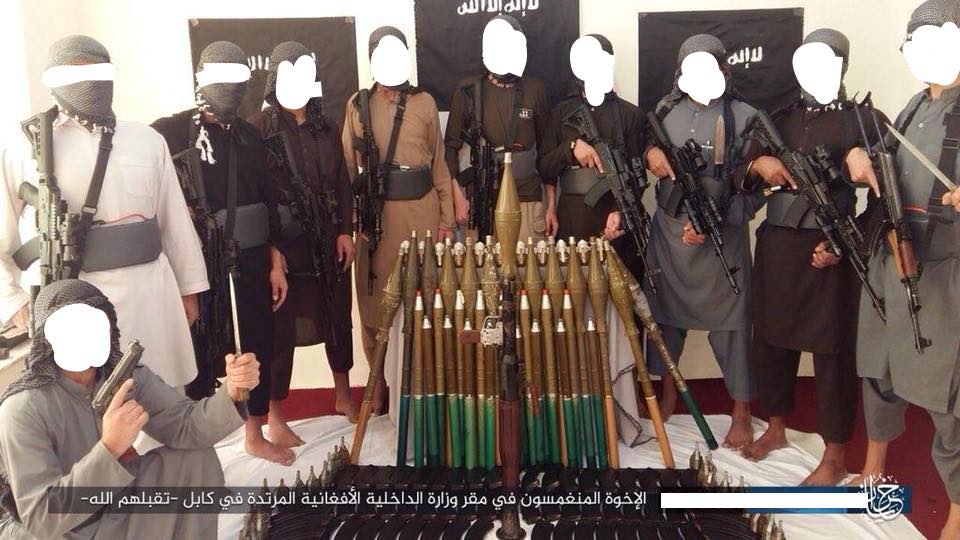
This appears to be an almost identical model of a Peshawar made Kalashnikov clone that is displayed in both the propaganda photograph and subsequent photographs of the dead ISIS-KP fighters. One might assume it is chambered in 7.62x39mm, but it might actually be in 7mm, given the nature of ammunition restricts in Pakistan.
A very important point here is to count out the magazines laid on the floor, inserted in the rifles and the amount of PG-7s rockets and Soviet F1 hand grenades on display. An approximate count of the visible magazines is around 70-80 and the combined total of rockets and hand grenades is about 50 (around 20 plus grenades and a little more amount of PG-7 rockets). That would equate to around 7 magazines and 3-4 grenades if dispersed between each fighter. Essentially the same as a combat load for a modern U.S. Marine Infantryman armed with an M16A4 or M4 carbine. Now, we can only deduce so much from a single propaganda photograph and not everything may have been actually carried into battle. But, the intention of carrying a similar amount of ordnance to what a potential enemy would have comes across very strongly and sublimely in the photograph.
Notice on all of the attackers the presence of a suicide bomb cummerbund. Unlike a larger vest that is designed to inflict maximum damage on a given target, these vests appear to be strictly for when these fighters are mortally wounded or are at the end of a losing fight with security forces. They allow mobility during the fight, but will inflict damge on anyone within a close vicinity when detonated.
One of the articles about the attack specifically mentions that–
The ministry admits that the militants got through a few security check points with ammunition and weapons as many, including about 50 hand grenades, were found in the area after the attack.
If this is the case, then the amount of grenades found unused after the attack approximates the amount in the propaganda photograph (around 50). Which really boils down to the team probably didn’t use that many or any of their rockets or hand grenades during the attack.
Note that in this photograph it appears that the majority of the team was killed behind these barriers. The journalist mentions a HUMVEE was holding security at the 12:00 position from where these pictures were taken. It looks like the team got bogged down under fire, was fixed by the HUMVEE and then assaulted from the rear with no available cover to get behind.
This fellow appears to have been armed with a fixed stock on his AK. In the propaganda photograph it shows a fighter with an underfolding AKMS-pattern stock but not a fuxed one.
Take a careful look at the rifles next to the bodies. They appear to be the same FATA region manufactured ones as in the propaganda photograph. If you look closely enough it also appears to show the rifles without any forward lights or lasers. This would mean that the accessories were taken off after the photo due to the lack of a need for them during a daylight assault.
Photographs are sourced from the Kabul Security NOW Facebook Group.
 Your Privacy Choices
Your Privacy Choices
